Suomeksi
VL K.1 Kurki aircraft was transported from Päijänne-Tavastia Aviation Museum to Finnish Aviation Museum - and Tuesday Club quickly started restoring its fuselage. At the same time began repairing of damaged skinning of horizontal stabilizer, cleaning of fuselage surfaces, removing of rudder and removing of rusty metal parts to be cleaned.
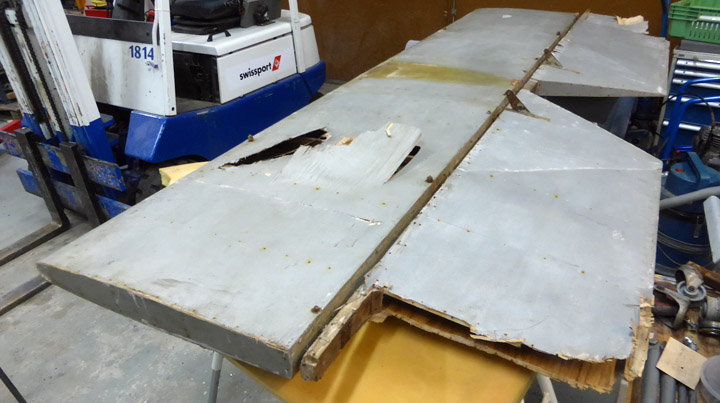
Horizontal stabilizer and elevators have lots of damaged skin. Both tips of elevators are destroyed. Stabilizer’s plywood skin has a few smaller damages and one big damage, where the plywood skin is broken for around 40 x 40 cm area on both sides of stabilizer. It looks like someone has stabbed a blunt object through the stabilizer. Repair work of stabilizer was set as the first thing to do. Tailplane was removed to make it easier.
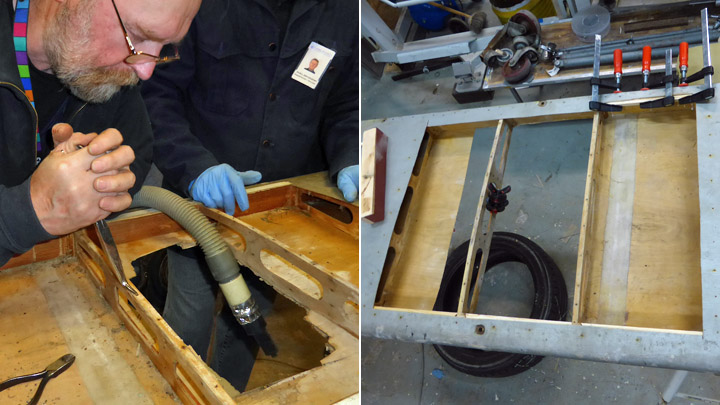
Because of large area of damage, it has to be re-skinned. We started with stabilizer’s underside. The broken plywood skin was removed span wise over a few ribs with a utility knife. Revealed ribs were stripped of nails which were used to attach the old plywood skin. Next we glued support flanges under the edges of this new opening in plywood. They will support the new plywood skin. As the glue we used Cascol Outdoor.
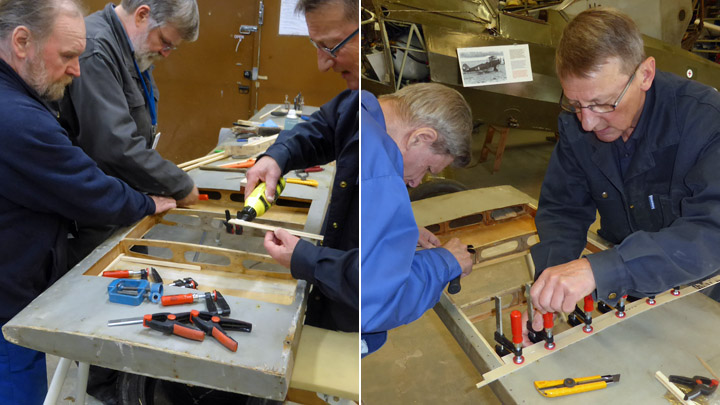
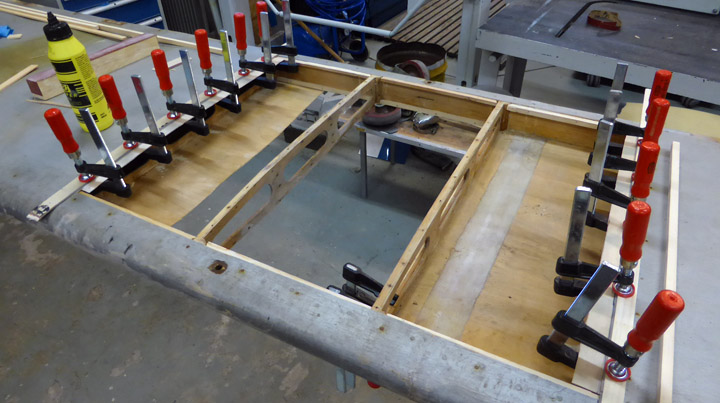
We went on with cutting a fitting piece from 1,2 mm thick aircraft-grade plywood. This piece of plywood is glued to support flanges and two ribs revealed in the opening. Bonding will be ensured by nails according to original skinning method. The corresponding damage on the upper side of stabilizer is fixed similarly. Smaller skin damages of stabilizer were fixed while working over the opening.
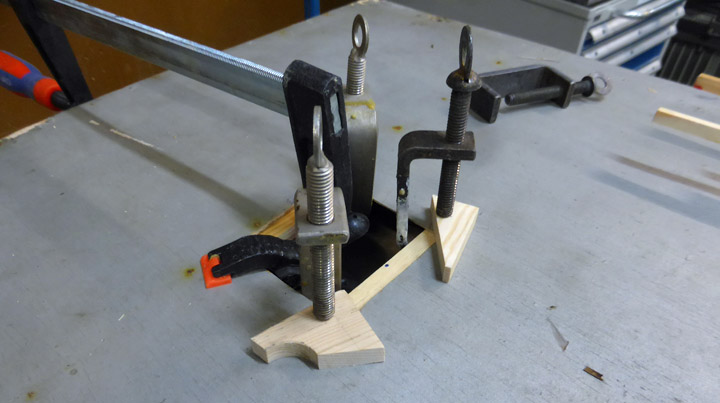
Plywood and fabric-covered surfaces of fuselage are badly soiled as a result of almost 90 years of storage. Originally Kurki has been painted with aluminum dope which was covered by clear nitro-cellulose lacquer. Over decades the lacquer has evaporated and what is left is a dull grey paint surface. The original, clear but now yellow lacquer surface can be seen in a few spots which have been sheltered from sunlight.
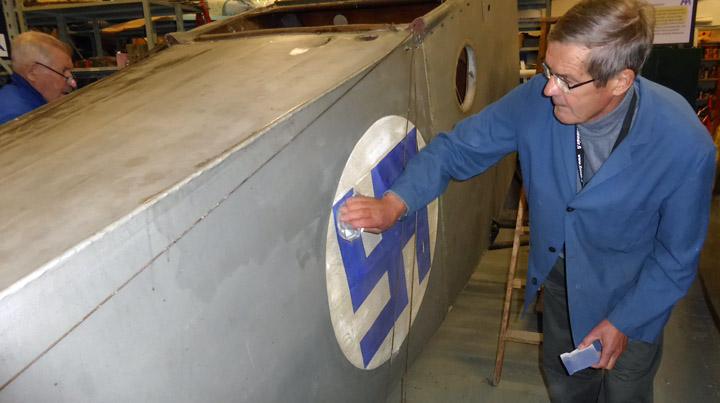
Fuselage surfaces were cleaned with Wonder Sponge. The sponge was pre-soaked in clean water and afterwards the surface was dried with a cloth. Wonder Sponge is an effective and suitably gentle tool for cleaning old paint surfaces. It is as good for plywood as for fabric skinning.
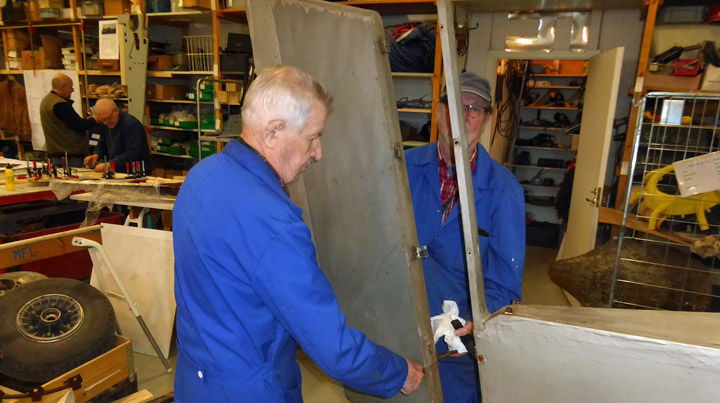
Removing of rudder was tedious. Bolts in hinges between rudder and fuselage were badly stuck. Two of them could not be taken off at all. We had to remove instead those bolts which attached hinges to rudder.
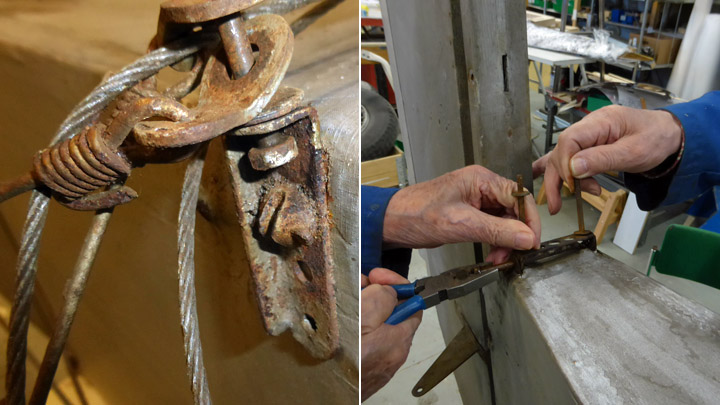
Fuselage and tailplane have several metal parts, relating for example to attaching stabilizers or carrying control cables. All these metal parts are rusty and had to be removed for cleaning. Landing gear struts are also of steel and heavily covered with rust. Landing gear has to be removed and dismantled from the fuselage for cleaning and re-painting but this is already another story topic.









